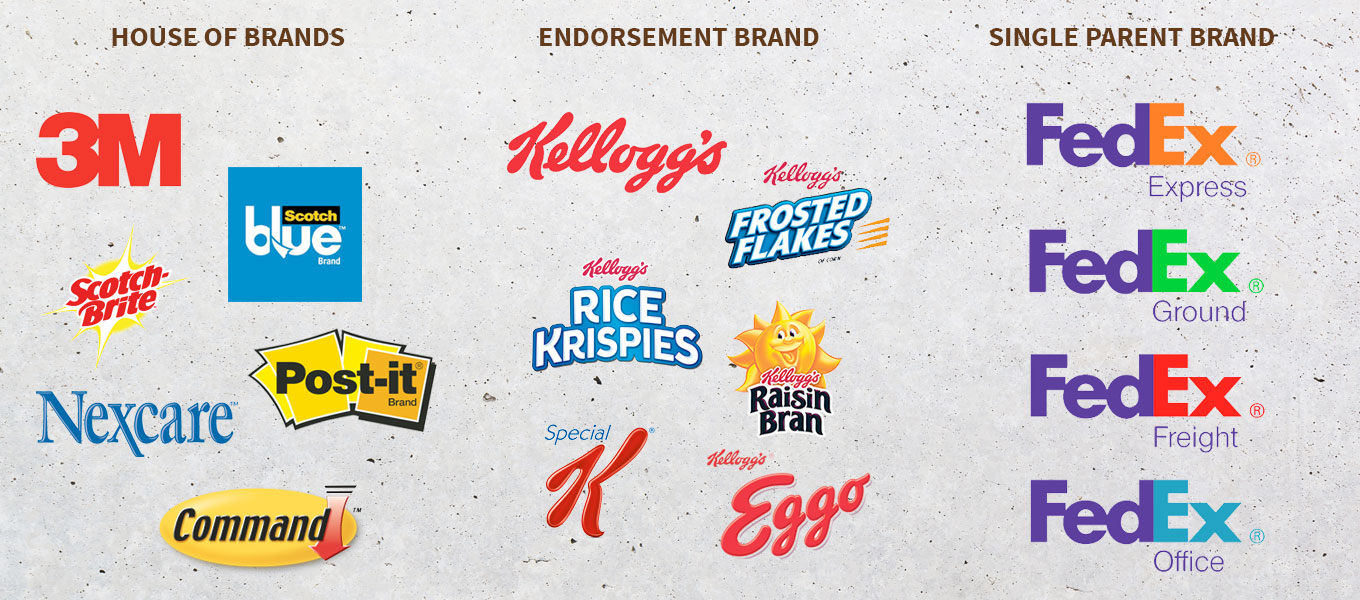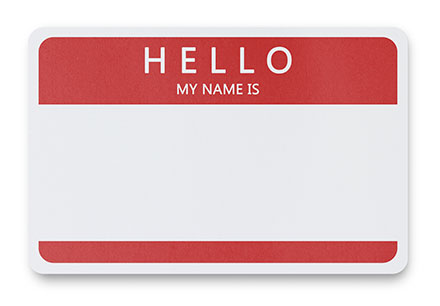What’s the Structure of Your Brand?
Make your brand architecture match your business goals.

Managing sub-brands can get complicated, especially when you add new products or services that don’t fit nicely under your master brand. Here’s how to tidy it up and make it match your business strategy.The reason to employ sub-brands within your organization is to differentiate between your product and service offerings. Giving those offerings unique names and/or logos helps your customers know what choices they have. There are many different ways to go about this. But the strategies generally fall into one of three categories: A house of brands, an endorsement brand, or a single parent brand. You’ll find varied terminology out there for these categories (unfortunately, marketers aren’t as consistent as we want brands to be), but for the purposes of this article we’ll use these names. In addition, not many companies fit purely into one category or another, but this will show you the spectrum of options. House of brandsThis architecture has one master brand (the company) and many decentralized sub-brands, each with their own market and brand strategy. Think 3M which manufactures everything from Post-it Notes to Scotch Tape to medical supplies to graphic films. Proctor & Gamble is another example with a product line as diverse as Crest, Tide, and Old Spice. The audiences for these products are just as diverse. The benefit to this strategy is that you can set a different mood for different consumers and speak to them with very targeted messages. Some products can be high-end, some can be low-end, and they can be in very different markets. If the Clorox Company didn’t use this architecture, you’d be buying Clorox Ranch Dressing (instead of Hidden Valley) and applying Clorox lip balm (instead of Burt’s Bees). Proctor & Gamble is able to sell both Tide and Gain to slightly different consumers and by doing so corner more of the detergent market. The downside of this strategy is the expense of developing separate marketing, advertising, and sales structures for each brand. And you are gaining very little equity from your master brand. If your sub-brand isn’t able to stand on its own, this isn’t the strategy for you. Endorsement brandThis system includes a series of sub-brands with a “brought to you by…” endorsement from the master brand. Think Courtyard by Marriot or Kellogg’s Special K. Here the equity of the master brand is high and lends recognition to the sub-brand. The sub-brand is typically in an adjacent market. Courtyard is a hotel, just like Marriot, but it is geared towards business travelers. Residence Inn is for long stays. Kellogg’s Special K, Rice Krispies, and Eggo are all in the same general breakfast food category and Kellogg’s is the endorsement brand. Kellogg’s does not use an endorsement on Pringles (another of its brands) as it is in a different market. Use this structure to leverage the association between brands when your master brand equity is high, the associations between the offerings are good, and they are in adjacent markets. Single parent brandAlso called a branded house, this architecture uses the company name or master brand for all products and services. FedEx and Google are good examples. FedEx Ground and FedEx Office are different offerings but their logos are the same except for a color change. Google uses this strategy as well with Google Maps, Google Drive, Google Play, etc. The company name is the sole brand. It’s the flagship. This strategy leverages strong brand equity, brand assets, and economies of scale. You don’t have to explain how each offering fits within the system because it is crystal clear. This strategy also can help you build your brand by gaining shelf presence either literally or virtually. The repetition of your name increases market share. This isn’t the best strategy when you want to differentiate from your master brand. Perhaps you have a low-cost version of your product and you don’t want to cannibalize the high-end version sales. Or, as in the case of Clorox, your product mix is too varied. Questions to askHere are some questions to ask yourself in order to determine the best category for your brand.
Think about the benefits and downsides to each strategy. Understand the implications they have on costs you may incur going forward. Soon, your architecture will be a firm base on which to build your brand. |

Co-branding Considerations
Determining your strategy.
5 Signals Your Brand is Ready for Growth
How to know when it’s time to level up.
Should You Change Your Company’s Name?
Questions to ask before you do.



